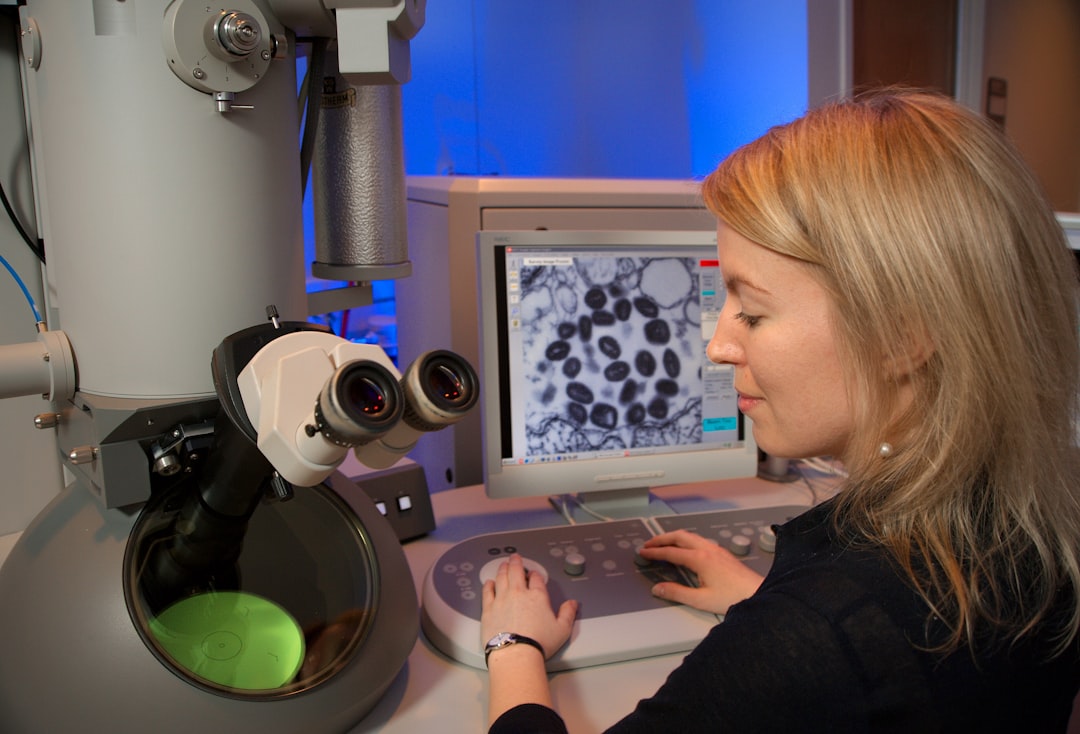What is it about?
Heat transfer to a fluid at supercritical pressure is radically different from heat transfer to a fluid at sub-critical pressure, owing to the fact that the properties, (density and viscosity for example), of a fluid at supercritical pressure radically change with as temperature and/or pressure change. This means that the characteristics of fluid flow change as a result of heating. The effects of the variable properties on the characteristics of the flow are studied in this article.
Featured Image
Why is it important?
The charactersitics of fluid flow largely determine the transport of heat. New insights how variable properties of heated fluids at supercritical pressure affect fluid flow can therefore help develop new and better models for the prediction of heat transfer to such fluids. Currently, accurately prediciting heat transfer to fluids at supercritical pressure is very challenging.
Perspectives
We hope that the numerical data and insights presented in this article will help other researchers with their research on heat transfer to fluids at supercritical pressure. Furthermore, the presented numerical data could help to validate numerical models that are used by other researchers.
Dr Jurriaan W. R. Peeters
Technische Universiteit Delft
Read the Original
This page is a summary of: Turbulence attenuation in simultaneously heated and cooled annular flows at supercritical pressure, Journal of Fluid Mechanics, June 2016, Cambridge University Press,
DOI: 10.1017/jfm.2016.383.
You can read the full text:
Contributors
The following have contributed to this page










